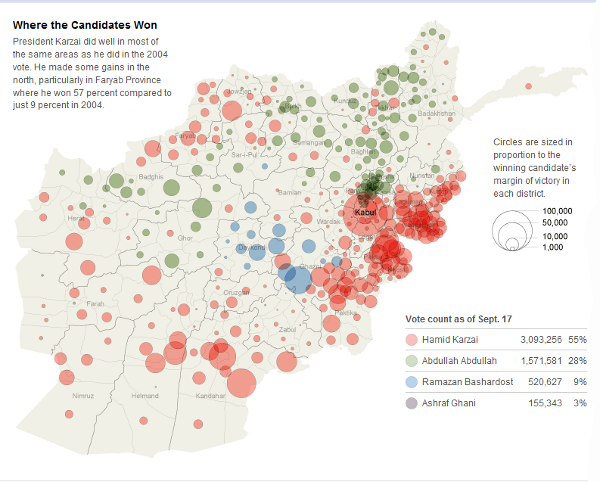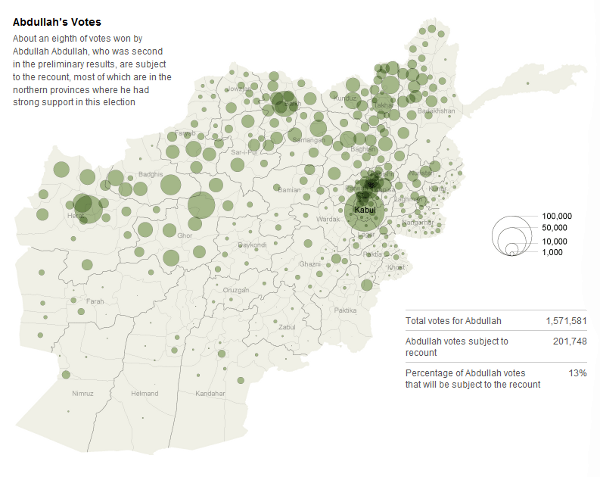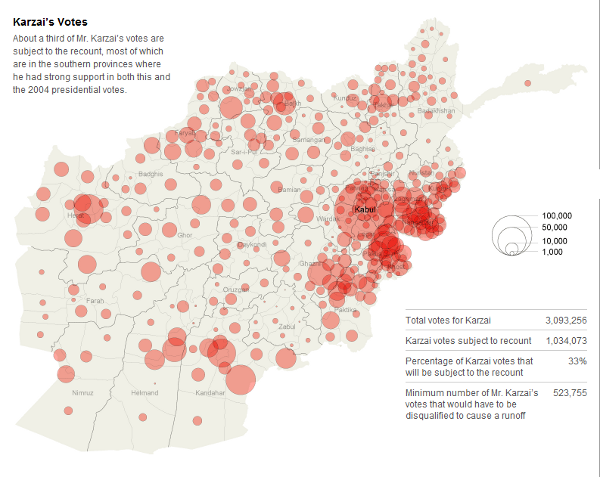Far too many pundits are inclined to write off outspoken progressive and JFK Profiles in Courage Award winner Jennifer Brunner in the Ohio Democratic Senate primary. It is time to take another look at this race, and to get behind the clearly superior candidate.
Yes, Secretary of State Jennifer Brunner is opposed by the party establishment in Ohio and she has been out-fundraised by her opponent. However, she is running a strong grassroots campaign and she is making the establishment very nervous. They are focused entirely on getting her out of the race now, because they know that she can beat her opponent in the May primary.
Two recent developments compel your attention to this race now.
First, the latest Quinnipiac poll shows that Secretary Brunner gained five percentage points in less than a month while her opponent dropped two points, pulling her into a statistical tie in the primary. She is the candidate with the momentum as the primary draws closer.
Second, the NRSC has responded to Brunner’s strong statement against sending more troops to Afghanistan and in favor of a swift timetable for withdrawing our troops (an assessment described as “wise” by The Nation) by calling on her to “apologize not only to General McChrystal, but to all American troops, for her inflammatory and baseless attacks.” This atttack comes because she had the audacity to express doubt that the advice of Gen. Stanley McChrystal should be followed without significant validation of his recommendations, noting accurately that McCrystal was previously associated with the abuse of detainees and with covering up the truth about the death of Pat Tillman.
This is not a new playbook. The GOP hurls its ugliest attacks against the Democrats they fear most, and what scares them the most is the truth.
I am working for Brunner’s Senate campaign precisely because she is the kind of outspoken progressive who takes stands on tough issues based on principle, not political expediency. She has been a supporter of marriage equality as a matter of civil rights since the 1980s. She has called for a moratorium against capital punishment, the only Ohio statewide official ever to do so. She has been out front in the fight for real health care reform with a public option, for EFCA and pension reform, and for transparency and accountability in Wall Street bailout spending. She is endorsed by NOW and other women’s organizations for her strong support for women’s rights, and she has received awards for her outstanding leadership on civil rights.
Her opponent in the Ohio Senate primary is a lackluster candidate who has lost previous statewide elections despite outspending his GOP opponents (including a gubernatoral race against the disastrous Bob Taft), and who avoids taking stands on controversial issues. He changed his position on the death penalty when he decided to run for state attorney general. And early this year he quit his job as Director of Development in the middle of the worst financial crisis in Ohio history in order to help his campaign for the Senate.
It’s time to get off the sidelines and provide Jennifer Brunner the national netroots support that will enable her to run a successful grassroots campaign in Ohio. She doesn’t need the big corporate bucks her opponent has collected to win, she just needs enough to get her message out and fire up the ground game.
Please help add Jennifer Brunner to the Democratic caucus in the Senate by contributing $50, $25, or even $10 a month on ActBlue.
JenniferBrunner.com
Follow Jennifer Brunner on Facebook and Twitter




